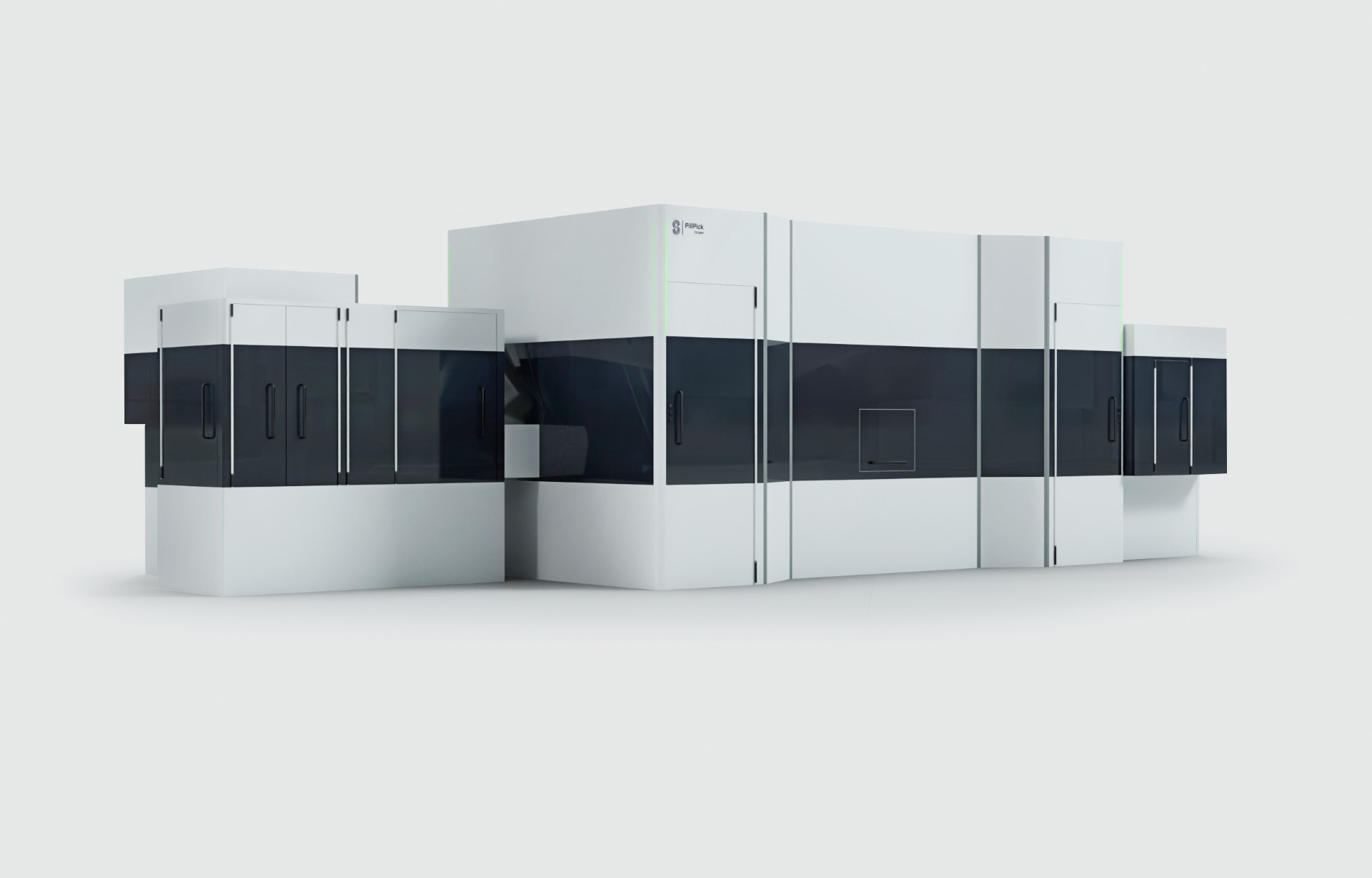Reading Time: 4 min.
A seamless and correct supply of medications is one of the most important pillars in hospital management. The 5R rule plays a decisive role in the handling of medications regarding the quality of healthcare and patient safety. Therefore, the unit dose concept provides the basis for compliance with the 5 rights of medication for healthcare professionals.
What are the 5 rights of medication?
The 5R rule is a support for drug control in relation to patients and a safe administration of medication. "R" stands for "right" and aims at:
- The right patient
- The right drug
- The right dose
- The right route of administration
- The right time
The 5 rights of medication are applied to avoid errors when sorting, dispensing and administering medication.
Why is the 5R rule so important and who is using it?
If mistakes are made in the administration of medication, whether it affects dosage, allocation, intake or administration, the consequences can be serious. According to a study published in 2018 by the German health magazine "Bundesgesundheitsblatt", 8 to 15 percent of all patients in hospitals in Switzerland were affected by receiving the wrong medication. Especially in hospitals, it is therefore essential to ensure that the medication administration process is absolutely correct.
The five rights of medication provide a decisive orientation and include several groups of people who are involved in the process of medication management. Starting with the attending physicians who prescribe medication over hospital pharmacists to the nursing staff, that hands over the medication.
How does pharmacy automation support the 5 rights of medication?
Automated processes using robotic dispensing solutions and the unit doses approach help implement the 5 rights of medication throughout the hospital medication supply process.
An electronic patient record reduces errors in prescription preparation
The digital process begins with the medical staff that electronically checks the patient's record to assess which drugs can be prescribed and which are excluded due to known intolerances or pre-existing conditions. Then, the necessary medications are directly transmitted to the connected system in prescription format. They can be transparently viewed by everyone involved, from creation over procurement to dispensing.
In the central pharmacy, the responsible pharmacists, who also have access to the electronic patient record, can then verify the prescription and, if necessary, make suggestions for adjustments. This second check also prevents the wrong or incompatible medication from being prescribed and administered.
Correct dosage of medication due to unit dose
In the central pharmacy, drugs are either manufactured or provided for the clinical staff.
To improve the hospital pharmacy’s ordering processes and boost efficiency, a medication management software helps to control and manage all orders in order to ensure a smooth ordering process.
Now, the actual unit dose administration begins – the most important process for implementing the 5R rule. To ensure that the right patient receives the right drug in the right dose, the drugs are first repackaged into patient-independent unit doses. The fully automated repackaging process makes sure that each unit dose contains a label with information from the original pack, such as lot number or expiration date. Maintaining the integrity of the drug manufacturer's original packaging is a priority; it avoids contamination that arise by humans or with other medications.
To create a patient-specific therapy, all the required medications are bundled in a plastic ring by an automated unit dose system such as PillPick. An additional card is attached to the ring that contains patient-specific data, such as the name and time the medication was taken.
For complete traceability of the drug therapy, the hospital's own pneumatic tube system is an option for the transportation. Transparency in the supply chain is supported by medication tracking software solutions.
On the ward, the specific information and barcodes printed on the patient and unit dose labels help to administer the right medication to the right patient at the right time, in the correct dose and method of administration. The unit dose approach thus ensures that each patient receives his or her own individual medication and takes it as prescribed, while at the same time seamless documentation is guaranteed.
Since the patient's therapy is printed on a separate label instead of being printed on the individual doses, the drugs can be easily neutralized when they were not used. This makes unit doses reusable hence drug waste is reduced.
Advantages of pharmacy automation & unit dose to support the 5R rule
- Ensuring that medication therapy complies with the prescription by avoiding manual processing steps
- Pharmaceutical control
- Reducing errors in the ordering process thanks to management software
- Monitoring the status of medications with a tracking software
- Reduction of dosage and administration errors thanks to unit doses
- Reducing medication waste
Conclusion: unit dose compliance with the 5R rule
Human errors are reduced thanks to automation and unit dose solutions. Both significantly contribute to the 5R rule and thus to drug therapy safety. By correctly administering the right medication at the right time in the right dose to the right patient, treatment errors and therefore the number of deaths and serious diseases decreases.
If you'd like to learn more about how automated solutions can help your hospital comply with the 5Rs, don't hesitate to contact us.
About the author Julia Kahraman
As Head of Marketing EMEA/APAC & Global Brand and Communication Manager, not only does the Purple Identity come from Julia's ideas, but all marketing activities for the EMEA/APAC region, as well as product marketing are managed by her and her team.











